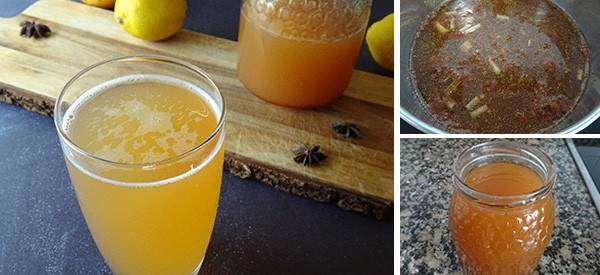
How to Make Quinine at Home for The Immune System
Quinine is found in the Cinchona tree which is native to Peru. Even before Quinine was isolated as a compound in 1820 it was used to treat malaria nearly 200 years prior using the bark from the Cinchona tree. It’s still used to treat malaria but is also popularly found in tonic water. This quinine mix has a number of ways to help the immune system. Let’s look at some of the ingredients’ health benefits and then how to make the recipe.
Medicinal Benefits Of This Quinine Mixture
Making quinine at home allows you to bundle lots of healthy ingredients together so you can take them all at once. Let’s look at how the ingredients in this powerful drink can benefit your immune system and health.
Water
Water plays an essential role in everyday bodily functions. Drinking plenty of water each day helps boost your immune system by balancing the body. It especially helps as we get older by reducing inflammation and tissue damage. Water will also help other nutrients support your body better by distributing them throughout the body.
Quinine From Cinchona Bark
While not as common as some other remedies, quinine tincture extracted from Cinchona bark is often used to boost the immune system. It can be found in liquid form and capsules. Quinine may also relieve muscle cramps and improve digestive health.
Citrus (Lemon & Orange Zest, Citric Acid)
Rich in vitamin C, it can help increase the production of white blood cells helping to ward off infections. D-limonene is found in lemon and orange rind and has anti-inflammatory, anti-stress, and antioxidant properties. Citric acid also has other potential benefits like protecting against kidney stones and helping the body absorb nutrients.
Star Anise
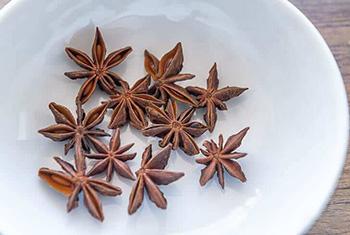
Star Anise is known to stimulate the immune system. Another health benefit that it supports is respiratory infections by reducing inflammation. Star Anise is also great for your circulation by boosting red blood cell production. It’s also a useful spice when it comes to digestion because it can reduce bloating and cramping. Boasting a range of antioxidants, it can fight free radicals and help prevent some cancers.
Lemongrass
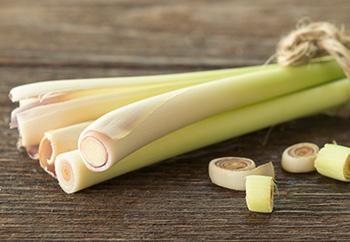
Lemongrass is another ingredient that can protect against free radicals, reducing inflammation, which is known to be a precursor to many chronic diseases. It can also lower cholesterol and the risk of certain infections presenting themselves. Lemongrass can boost red blood cell levels too, probably due to its antioxidants. It can even help to block the sensation of pain just by taking it in a tea. Being high in potassium, it is good at controlling blood pressure and promoting blood circulation as well.
Coriander Powder
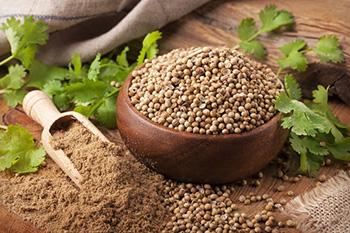
Coriander powder has hypoglycaemic properties that help it reduce blood sugar levels. It also has plenty of anti-bacterial, anti-microbial, and antiseptic properties making it useful for protecting the body against many infections. Coriander powder also has the potential to reduce bad cholesterol and raise good cholesterol levels. Owing to its essential vitamins, it is great for hair and skin, helping to prevent signs of aging and stimulating new hair growth.
Who Should Avoid Taking Quinine?
Quinine from Cinchona tree bark can interact with quite a few medications including:
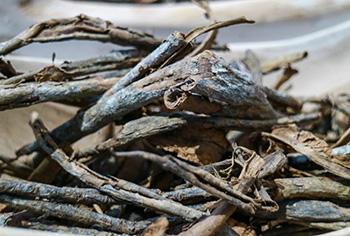
- Blood thinners
- Antidepressants
- Statins
- Antacids
- Neuromuscular-blocking drugs
- Seizure medication
- Antibiotics
Other people who should avoid it include those who are pregnant or breastfeeding, have liver or kidney disease, have low blood sugar levels, or have abnormal heart rhythms. If you’re taking any other medication or have any other underlying health conditions you should speak to your doctor to make sure quinine won’t negatively impact your condition or medication.
How To Make This Quinine At Home
This Quinine mix takes approximately 1 hour of prep and cook time and then 72 hours in the fridge plus you need to shake it once a day. The quantities below will give you 12 portions if you mix the quinine 1 part to 2 parts water/sparkling water.
Ingredients
- 4 cups of filtered water

- 2 Teaspoons of powdered cinchona bark (3 grams)
- 1 Orange (zest only)
- 2 Lemons (zest only)
- 2 Star anise pods
- 1 Lemongrass stalk
- 2 Tablespoons of citric acid
- 1 teaspoon of coriander powder (or 1 ¼ teaspoon of coriander seeds)
- 10 drops of liquid stevia
- Water/sparkling water (to mix with once the Quinine mixture is ready)
Utensils
- Small sharp knife
- Chopping board
- Medium-sized pot and lid
- Fine grater
- Wooden spoon
- Cheesecloth
- Fine strainer
- 2 Containers (1 – to store Quinine mixture in, 1 – to strain Quinine mixture into)
Method
- Trim off the root ends of 1 lemongrass stalk and peel the outer layer off. Cut your stalk into small pieces and add them to the pot.

- Zest the lemons and orange and add just the zest to the pot. You can keep the lemons and oranges to use the juice for another recipe.

- Add 2 teaspoons of powdered cinchona bark, 2 star anise pods, 2 tablespoons of citric acid, and 1 teaspoon of coriander powder to the pot. Now add 4 cups of filtered water and give everything a quick stir with a wooden spoon.

- Cover and bring to a high simmer and leave it at the same heat for 30 minutes.
- Take it off the heat and let it cool to room temp.
- Pour it into a container (a glass jar works fine) with the lid screwed on and put it in the fridge for 72 hours, giving it a light shake a couple of times each day to mix up all of the sediment from the bottom.

- When 72 hour hours have passed, take it out of the fridge. Get some cheesecloth and fold it over generously and place it over a fine sieve.

- Pour your quinine mixture through the strainer and cheesecloth and you can discard all of the remnants (e.g. star anise) so you are just left with the liquid.

Now you can test your mixture, although I recommend diluting it with plain filtered water or soda/sparkling water before you do this as it will be very strong. Use at least double the amount of water to add to the Quinine mixture (or even more water, to taste). So you would have ⅓ cup of quinine and ⅔ water.
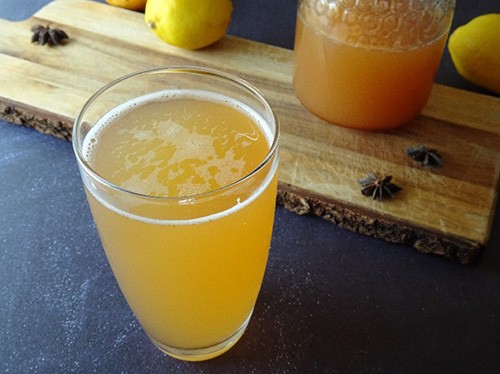
Using a 1:2 ratio of quinine to water quantity you will end up with around 8 cups of diluted mixture (aka homemade tonic water). You can drink up to 3 cups per week and it will store in the fridge for up to 1 month comfortably. Make sure you don’t use an airtight lid but just lightly seal it because you want to let air escape gradually. If you are using soda/sparkling water to mix and want it fizzy every time you drink it then add this separately at the time of pouring your drink, rather than storing it in the same jar or container as your Quinine.
I haven’t used much stevia in this recipe because I prefer food and drinks less sweet. You may want to add more once you’ve tested your batch.
You may also like:
 How to Make a Vitamin Bar to Increase Your Immunity
How to Make a Vitamin Bar to Increase Your Immunity
Want to Fortify Your Immune System This Holiday Season and Beyond? (Learn More)
How to Make an Immunity Boosting Shot with Celery, Spinach, Ginger, Lemon, and Manuka Honey

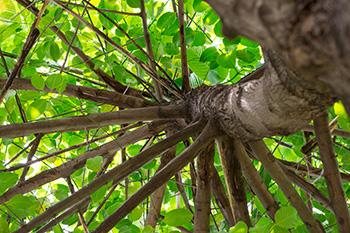
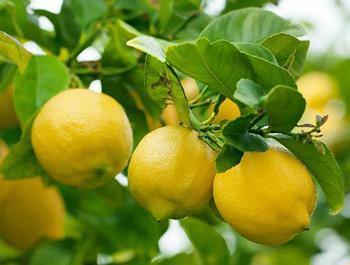
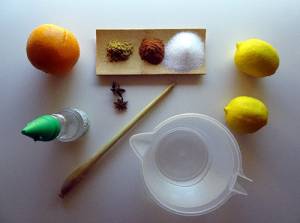
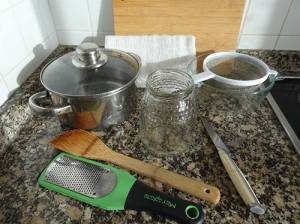
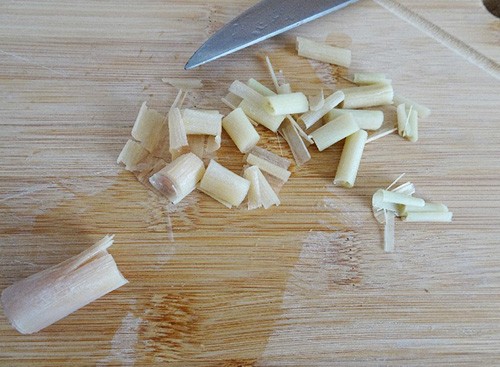
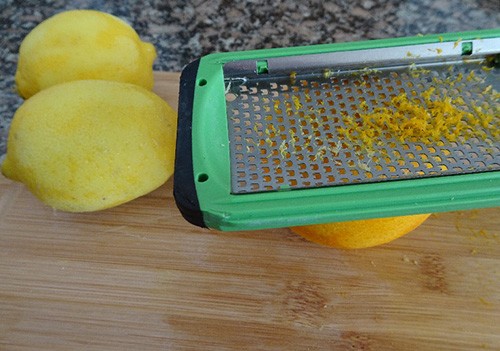
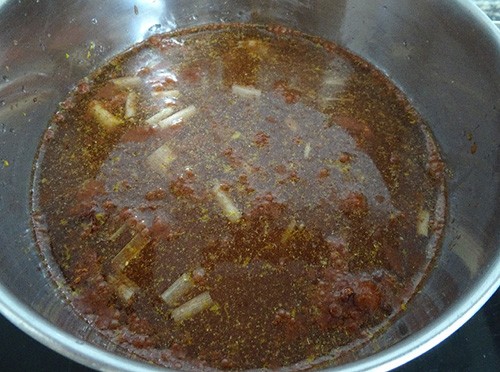
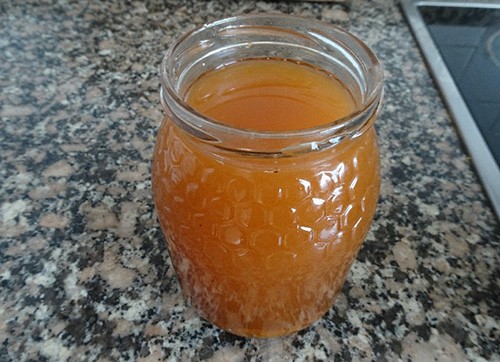
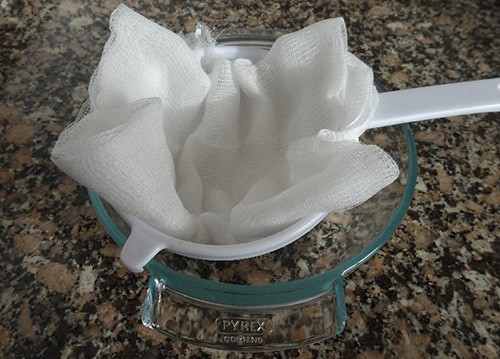
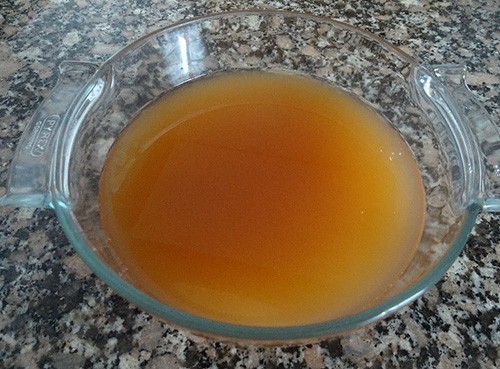
This a great recipe!!! Thank you
Where do you order chinchona bark?
Hi Terry,
Thank you for your interest in our work.
Cinchona bark can be found from commercial sources via a quick online search.
Here is one example: ozarkmountainherbs.com
Many blessings and good health!
Thank you!
Could you share where( the best place) to buy the powdered cinchona bark?
Hi Dora,
Thank you for your interest in our work.
Cinchona bark can be found from commercial sources via a quick online search.
Here is one example: ozarkmountainherbs.com
Many blessings and good health!
Where can you get fresh lemongrass? We certainly don’t have it in my neck of the woods. Can dried be used? And how much would you use?
Thanks so much for all the work you do!
Hi MJ,
If your grocery store stocks fresh lemongrass, you should be able to find it in the produce section. It may be in a display by itself or with specialty fruits and veggies.
Your second option is to look for squeeze tubes of pureed lemongrass. They’ll be with other herb pastes like cilantro and basil in the produce area or the spice aisle.
The spice aisle may also have dried lemongrass. Look for it in the spice rack with the usual seasonings. If your recipe demands using one stalk of lemongrass, you may consider using one teaspoon of dried lemongrass as a substitute.
Usually, Whole Foods, Wegmans, Vons sell fresh lemongrass. You can also try the Asian Markets in your area. If you want to skip the time-consuming physical search, you can always get Lemongrass from Amazon.
Many blessings and good health!
Fresh Lemongrass
https://amzn.to/3ouYtEr
Can lemongrass essential oil works as well?
Thank you for providing this information without forcing a two hour video to sell us something!!! This is very helpful, since we can no longer get quinine over the counter.
Can’t wait to try this. Thanks. I have seen a similar recipe that uses lemon peel and grapefruit peel. I made some of this and froze it. Can you tell me will the stuff I made work or is it taking up space in my freezer for nothing? Thank you again for all you do. I have learned so very much from you. We already used the Mullen leaf and it worked like a charm clearing the respiratory for easy breathing. My one critic in my family is a believer now!
Hi Sadie,
The process of boiling citrus rinds in water isolates a natural chemical compound called limonene, which definitely has health benefits. So you can still drink it.
However, this is a different recipe. It’s made with cinchona, the bark of a shrub originally from Peru but now cultivated in various tropical climes worldwide, from which is extracted the actual alkaloid quinine, the original anti-malarial medication. It is available at a well-stocked herb store or, as always, online.
Many blessings and good health!
Thanks for response I just received my bark in the mail last week.
Can I use something other than stevia, maybe honey?
Hi Angela,
Yes, you can use honey as well.
Another option is agave syrup. Like stevia, agave nectar is an alternative to sugar. Note that the sweetness of stevia can vary so the amount of agave you use in place of it will vary as well.
Many blessings and good health!
Interesting. I drink tonic water daily to calm muscle cramps and GOOD tonic water is expensive. 90 cents to $1.10 for half a gallon of the cheep stuff full of HFCS and $1.25 to $2.50 for a 12 ounce bottle of quality tonic water. This is a project I need to try.
Also, I drink it in the form of a Myron Baggs. If you are not familiar with this great drink it is like an Arnold Palmer but instead of half lemonade and half iced tea a Myron Baggs is half limeade and half tonic water. Super thirst quenching on a hot day.
Hello! I accidentally ordered anise SEEDS instead of the pods!! Will they still work, since I’m guessing seeds are in the pods? Thank you!
Hi Karen,
Aniseeds are the seeds of the flowering plant Pimpinella anisum, which is native to Southwest Asia and the Mediterranean region while star anise is the seedpod of the small evergreen fruit Illicium verum, which is native to China.
But you can use anise seeds as well. One star anise pod is equivalent to half a teaspoon of ground anise seeds.
Many blessings and good health!
Thank you for this article! Though it seems rather complicated as I have been making Quinine quite easily simply from grapefruits! Take the rind of 2-3 grapefruits.
Take the peel only and cover it with water about 3 inches above the peels.
Put a glass lid on your pot if you have one….a metal one is fine if you dont.
Let it simmer for about 2 hours. Do not take the lid off of the pot till it cools completely as this will allow the Quinine to escape in the steam.
Sweeten the “tea” (the liquid remaining in the pot) with honey or sugar since it will be bitter.
Take 1 tablespoon every couple of hours to bring up the phlegm from your lungs.
Discontinue as soon as you get better.
Interesting because there ae dozens (at least) of articles detailing the fact that Quinine is not in any part of a citrus. I wonder what substance IS being extracted with this recipe.
Thank you, thank you for the website I signed up for! This is wonderful information for someone new to herbal insight. Being a retired nurse and schooled in man made medicine, it’s taken some time to re-think the truth that God provided everything necessary to consume and use more Historic ways toward health. THANK YOU! May God Bless your work and sharing…
So right! Time to step back from big pharma and heal naturally.
OK, will now keep the grapefruit rind. My tree is always loaded. BTW, I’m dehydrating the white pith, will then grind to powder. My Naturpathic says the bitter pith is good for your health. When I no longer have fresh, can use the powder to help with D-2 issues. Yes, I’ll look at the quinine situation. Wonder if i can grow it here in the southwest.
This recipe is for the immune system. Do you have an easier/less ingredient recipe for Quinine to just help with “charlie horses”/muscle cramps? I’m very elderly in a tiny apartment with very limited income. My kitchen is just a burner/sink/frig space with not counter space room to work. Hate the sugar in store bought “tonic” water to try to get some Quinine. Thank you, everyone, for any answers. Will read them & maybe try, but would like to have an answer from Crissy, as well.
For charlie horse muscle cramps my dad swore by milk of magnesia. He applied directly to the muscle and rubbed it in. Maybe that will help
Thank you for your info. When the pain hits, I hope I can remember to try it. Other than that, I am trying to prevent them from happening. lol
You’re most welcome. Regarding prevention… I’m no doctor but I have read that a diet that improves your magnesium and potassium is recommended.
Leafy greens, avocados, bananas, potatoes, almonds and cashews? Pretty sure Nicole can make some suggestions on that.
Thank you very much for all your help. I am on magnesium and potassium supplements. However, at this stage of my cancer, I cannot eat anything starchy or fruits (not even berries right now) that turns to sugar. As for the greens, I can only eat them steamed/juiced as over half my teeth are gone. Rest will be pulled this fall in order to get dentures. That means I can’t eat nuts either. I so miss eating my leafy greens and most produce, raw. Because I haven’t been able to eat as healthy as I want to, the ‘charlie horses’ in toes, feet, calves, and fingers are almost a daily/night-time issue with me. Quinne is the only thing that seems to help. However, cancer needs sugar and estrogen to survive and I have to make it non-exsistent in my body/life. I have been fighting the cancer for over 12 years holistically, the past 6 1/2 years of stage 4. In the meantime, my teeth had gotten worse to the point they needed to be pulled. Then covid hit and dentist closed down. Finally found another dentist my insurance covered within my county. I know you didn’t ask to know all of this, but felt it necessary to share for reason why I can’t eat some foods for the time being. Need to drink most of my intake. Yes, I do juicing with my greens, but it’s not enough to dispell the cramps. Again, thank you so much for caring to offer the information to me. 🙂
I’ve found that when I get night-time leg cramps a shot of cider vinegar (straight up) helps. Not sure if it’s from the shock to your system swallowing a gulf of vinegar that activate the vagus nerve (which seems to have a role in all sorts of lower body things and more), but I definitely lessens or eliminates the cramps. Try it out – it might help you, and there’s no sugar or chewing involved!
Oh my. Sorry to hear of your suffering. Thank you for sharing. My prayers are with you. Please let us know if the M.O.M. Applied externally to the cramps helps.
Thank you for your prayers. Do appreciate them. Will be going shopping next week and have put M.O.M. on my list. Will let you know if it helps. Thanks, again. 🙂
Keep it handy on the night stand and apply it topically to the offending area when you need it. This is not medical advice but dad swore by it. I hope it helps.
J, thank you, so much. You’ve been so kind.
I was excited to see this recipe since I have an autoimmune system. Then the dreaded words do not use if you have a liver disease. Is there any one or two items that affect the liver that can be left out but the product still be beneficial for the immune system?
I see that you use powdered cinchona bark and coriander. Would there be any additional benefit to friending the star anise and lemon grass as well? Maybe to release more of the vital nutrients?
…I meant *grinding
I just made a double batch last night for myself and a friend. Does anyone know if the solution can be frozen without deleterious effects? I plan on using it as ice cubes in my Zevia sparkling soda. Thank you, Nicole, for providing this!